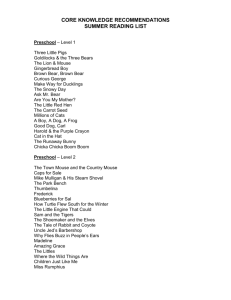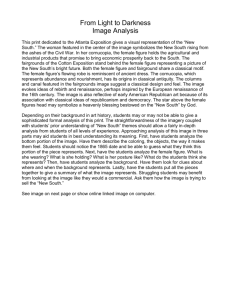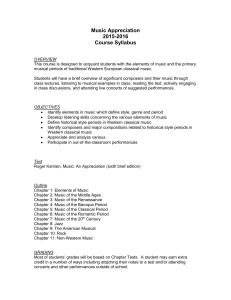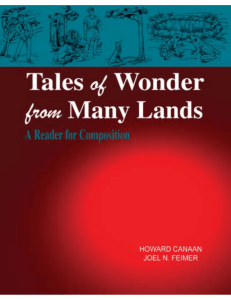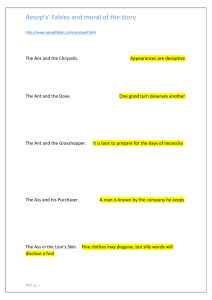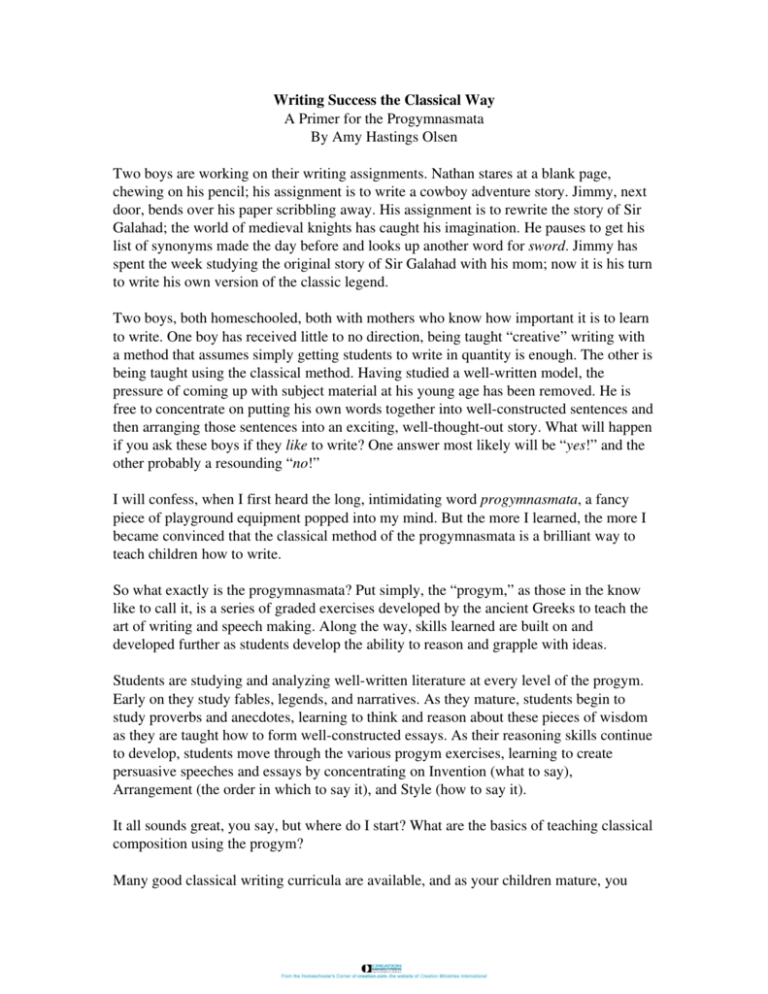
Writing Success the Classical Way
A Primer for the Progymnasmata
By Amy Hastings Olsen
Two boys are working on their writing assignments. Nathan stares at a blank page, chewing on his pencil; his assignment is to write a cowboy adventure story. Jimmy, next door, bends over his paper scribbling away. His assignment is to rewrite the story of Sir Galahad; the world of medieval knights has caught his imagination. He pauses to get his list of synonyms made the day before and looks up another word for sword. Jimmy has spent the week studying the original story of Sir Galahad with his mom; now it is his turn to write his own version of the classic legend.
Two boys, both homeschooled, both with mothers who know how important it is to learn to write. One boy has received little to no direction, being taught “creative” writing with a method that assumes simply getting students to write in quantity is enough. The other is being taught using the classical method. Having studied a well­written model, the pressure of coming up with subject material at his young age has been removed. He is free to concentrate on putting his own words together into well­constructed sentences and then arranging those sentences into an exciting, well­thought­out story. What will happen if you ask these boys if they like to write? One answer most likely will be “yes!” and the other probably a resounding “no!”
I will confess, when I first heard the long, intimidating word progymnasmata, a fancy piece of playground equipment popped into my mind. But the more I learned, the more I became convinced that the classical method of the progymnasmata is a brilliant way to teach children how to write.
So what exactly is the progymnasmata? Put simply, the “progym,” as those in the know like to call it, is a series of graded exercises developed by the ancient Greeks to teach the art of writing and speech making. Along the way, skills learned are built on and developed further as students develop the ability to reason and grapple with ideas.
Students are studying and analyzing well­written literature at every level of the progym. Early on they study fables, legends, and narratives. As they mature, students begin to study proverbs and anecdotes, learning to think and reason about these pieces of wisdom as they are taught how to form well­constructed essays. As their reasoning skills continue to develop, students move through the various progym exercises, learning to create persuasive speeches and essays by concentrating on Invention (what to say), Arrangement (the order in which to say it), and Style (how to say it).
It all sounds great, you say, but where do I start? What are the basics of teaching classical composition using the progym?
Many good classical writing curricula are available, and as your children mature, you may want to take advantage of some of those programs. But in the early years, you can start out on your own by knowing just a few basic facts.
First, unless you have an exceptionally gifted child, formal writing instruction before the third grade is not generally recommended. Beginning too early will only cause frustration for both of you. Remember that one of your goals is to teach your child to love to write! That will not happen if he is forced to begin before he is ready. Before the age of 8 the focus should be on teaching fluency in reading and handwriting. Additionally, read out loud to your child often, surrounding him with books. Teach a love of the written word—
show him that stories and books are exciting and important.
You can, however, prepare your child for writing in these early years by consistently employing narration, copywork, and dictation. These exercises are wonderfully flexible, because they can apply to subjects other than language arts. Read your child a selection from your science book, and then ask him to narrate back what you just read. Take a sentence that he narrated and write it down for him to copy. After completing that copywork, ask your child to illustrate the page. Save it in a science notebook. You have just used your science lesson to practice writing skills!
For dictation, after reading your history lesson isolate a few sentences and ask your child to write them down as you dictate them. When he is finished, correct his mechanics: spelling, punctuation, and the like. You have just used your history lesson to practice more writing skills.
By using these techniques throughout your child’s early years, you can prepare your child well to begin the first level of the progym around age 8. In the first level, the student studies and analyzes fables and then rewrites them in his own words.
So, how does one go about doing this? At this level it can be quite easy to start. Locate a copy of Aesop’s fables, and choose a story. Introduce your child to Aesop; use the Internet to learn as much about Aesop’s life as you can. Read the fable to your child and then ask him to narrate it back to you. Ask him to look up in the dictionary any unfamiliar words. As he gets a little older, teach him how to use a thesaurus and have him make lists of synonyms.
Good grammar is an essential tool for every writer, and therefore it must be studied from this age on. Use the story model to practice your current grammar concepts. For example, if you are learning about nouns, ask your child to find all the nouns in the story. If you are studying punctuation, ask him to circle all the “end” punctuation in red.
After several days of analyzing the story, start writing. Explain to your child that since Aesop’s fables were first written in Greek, many people have written new versions of them in their native languages. Now it is his turn to write his own re –telling of this fable. Emphasize to him that the original plot must stay the same, but he must use different words to tell the same basic story to his readers. If he is confused, write a practice sentence together. For example, you could write this sentence: “A Little Fox was out playing one day, when a Lion came roaring along. ”That sentence can then become “The Lion roared as he arrived, surprising the Small Fox’s fun.”
The day after your child has written his story, spend some time together editing and correcting mechanical errors. Discuss the sentences, including how he might improve each one.
After studying fables, move on to fairy tales, legends, and gradually longer narratives. Outlining and increasingly difficult grammatical concepts can be added to analysis techniques as the student’s skills develop.
The progymnasmata teaches by modeling. When we teach our child to ride a bike, we don’t just put him on the seat, tell him how to do it, push, and let go! No, first we demonstrate how to balance and pedal. By spending time studying great works of literature—stories, proverbs, essays, and speeches that have stood the test of time— we can be confident that our children are learning from the best.
So the next time you hear someone talking about the progym, don’t glance out the window toward the playground. Instead, smile, hold your head high, and confidently join in the conversation about one of the most effective ways to instruct children in writing!
For More Information on the Progymnasmata:
Aphthonius Progymnasmata
Ancient Rhetoric: An Introduction www.leeds.ac.uk/classics/resources/rhetoric/prog­aph.htm
Progymnasmata­Based Writing Programs:
• Classical Composition by James A. Selby
www.classicalcomposition.com
• Classical Writing by Tracy Davis
Gustilo and Lene Mahler Jaqua
www.classicalwriting.com
• Imitation in Writing by Matt Whitling
www.logosschool.com
• Classical Rhetoric through Structure and Style by Adam Muller
www.excellenceinwriting.com
• Writing Tales by Amy Olsen
www.writing­tales.com
Biographical Information
Copyright, 2009. All rights reserved by author below. Content provided by The Old ®
Schoolhouse Magazine, LLC
.
Amy Hastings Olsen lives with her husband, their three children, and a neurotic dog in northern New Jersey, where they have been homeschooling for more than thirteen years. So far the dog has not learned much, but the children are doing very well. Amy is the author of Writing Tales, a classical writing curriculum. For more information, visit www.writingtales.com.






